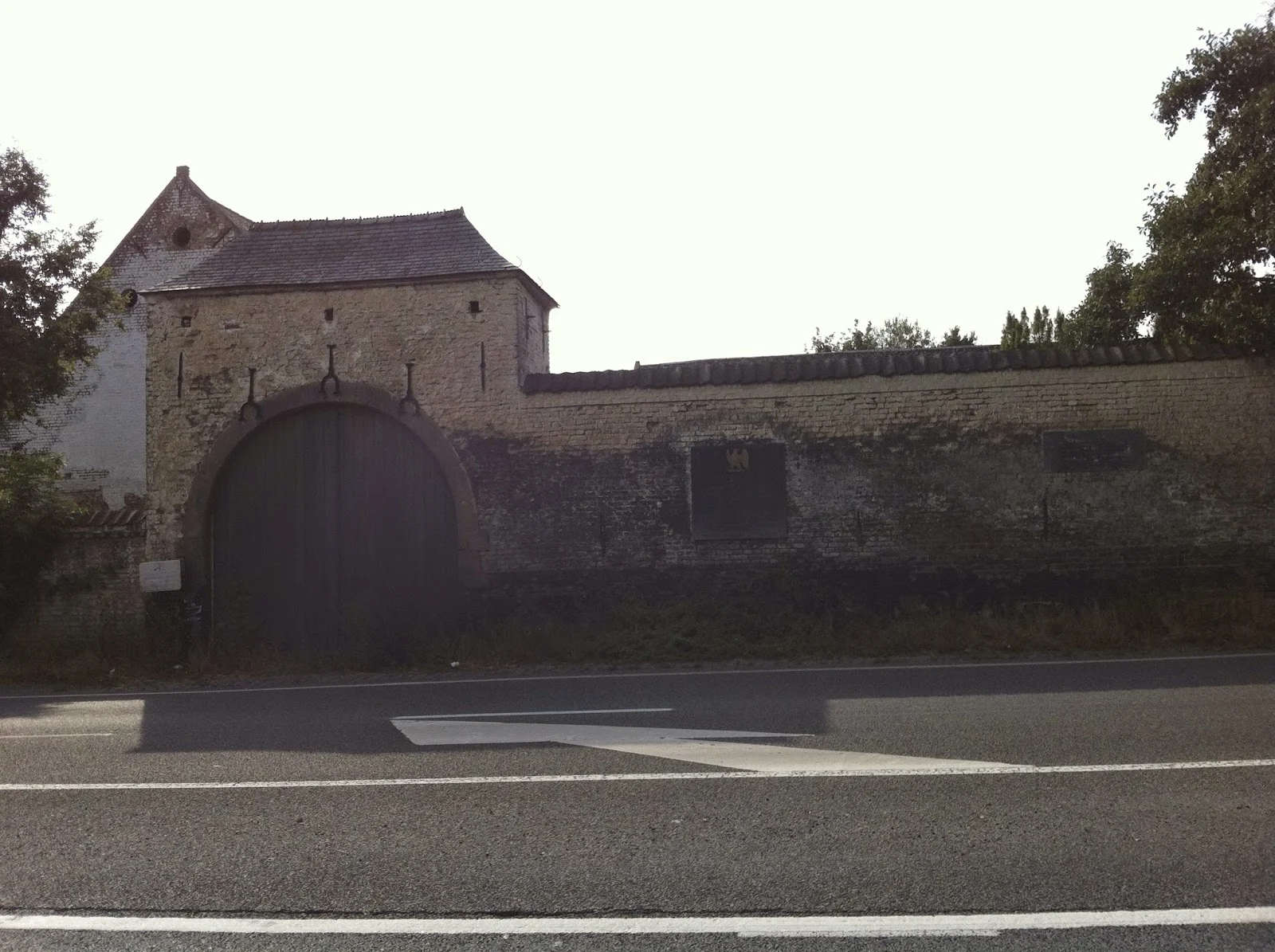Visiting France's Rococo City of Nancy, France with Savvy Mom Ruth Paget
Nancy’s Place Stanislas preserves sixteenth century gilt ironwork gates and fountains along with five pavilions in the UNESCO-designated World Heritage Site for its citizens and visitors alike.
The Polish king Stanislas Leszczynski (1677 – 1766) was the father-in-law of French King Louis XV (1710 – 1774), whose title Louis Quinze is what the French refer to as the swirling Rococo style. King Stanislas had lost his kingdom and set about embellishing his new home, making Nancy always amenable to the new and beautiful.
Place Stanislas today is a pedestrian-only area and host several restaurants in its historic pavilions. My husband Laurent and I ate at Les Césars, which occupies a corner on one of the pavilions.Nancy, a main city in the Lorraine region of France, is famous for its cuisine. We began our meal with a quiche Lorraine before eating rump roast cooked medium-rare. We ended our meal with yellow mirabelle plum tarts that prompted me to purchase Gastronomie en Lorraine: Historie, terroir, et traditions for a modest 7.90 Euros published by Est Republicain (www.estrepublicain.fr) at a newspaper shop.
It was difficult to leave the Les Césars restaurant, which is just as beautiful inside as it is outside. When we left the restaurant, we immediately found ourselves in the old town by the Ducal Palace built in the thirteenth century. An equestrian statue is built into the façade of the Palace and makes one think of festive dining when dukes and knights would come and go.
At the end of the street where the Ducal Palace stands is the Porte de la Craffe built in the thirteenth century as well. Across the street from this gateway was Nancy’s Math and Physics High School built in the undulating art nouveau style. The swirling curves of the Place Stanislas may have made Nancy a natural home for accepting the nineteenth century Art Nouveau style.
By Ruth Paget, Author of Eating Soup with Chopsticks and Marrying France
Click here for: Ruth Paget's Amazon Books
 |
| Laurent Paget Photography |




















